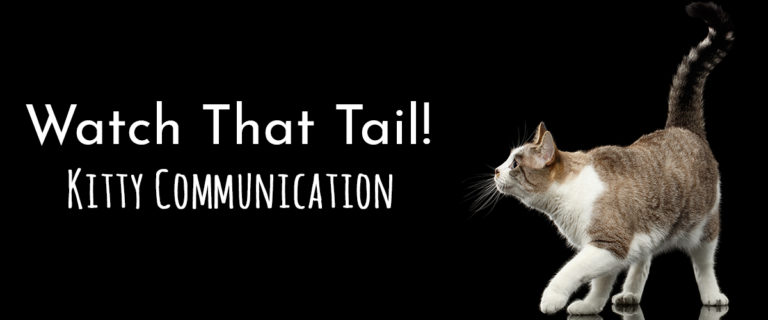My Sydderoo is the most dog-like cat. She is incredibly patient, trying to tell her dog siblings and me what she wants. When I adopted her, I was not an expert in cat communication. Trust me. If you're looking to adopt a kitty or are still confused about what your cat is trying to tell you, this article will help. But first, a little background...
I always thought of myself as a dog person. I've had dogs my entire adult life. I love all other animals, but I cannot live without dogs. Well, I thought I couldn't until Sydney came into my life.
On a cold December day in 2006, I went down the wrong aisle at Petsmart. I ran into the section where adoptable cats from the Humane Society of the Pikes Peak Region were on display. I usually purposely avoided any events where rescues were available for adoption as I want to rescue everyone. Syd reached through the cage and pawed at me. It was love at first sight. I immediately called my property owners and asked if I could add a third pet to my lease. Being animal lovers, my landlords kindly said yes, and we had an early Christmas that year when I brought her home.

📷 : Jessica Sullivan
Of course, like any good pawrent, I got all the necessary supplies. Litter box and litter. Check. Cat food. Check. Toys and catnip. Check. I already had pet food bowls and pet carriers. I made her a vet appointment for a complete checkup. And then I realized I had no idea what she was trying to tell me. I am fluent in "dog" but not in "cat." Yes, definitely not fluent in cat communication.
So why is it easier to understand what your dog is trying to tell you? Why isn't cat communication as simple? Studies have put canine domestication at anywhere from 18,000 to 30,000 years ago. The crossover from feral to domestication is thought to have occurred when dogs diverged from their wolf ancestors and gradually began hanging around humans ... a ready source of meat scraps. See, dogs trained us to give them treats right from the start!
For cats, domestication happened much more recently at around 9,000 to 4,000 years ago, either in Cyprus or when cats were depicted with their Egyptian masters in wall paintings. This explains why humans have a tough time understanding domesticated cats; we just haven’t had as much time interacting with them as domestic dogs.
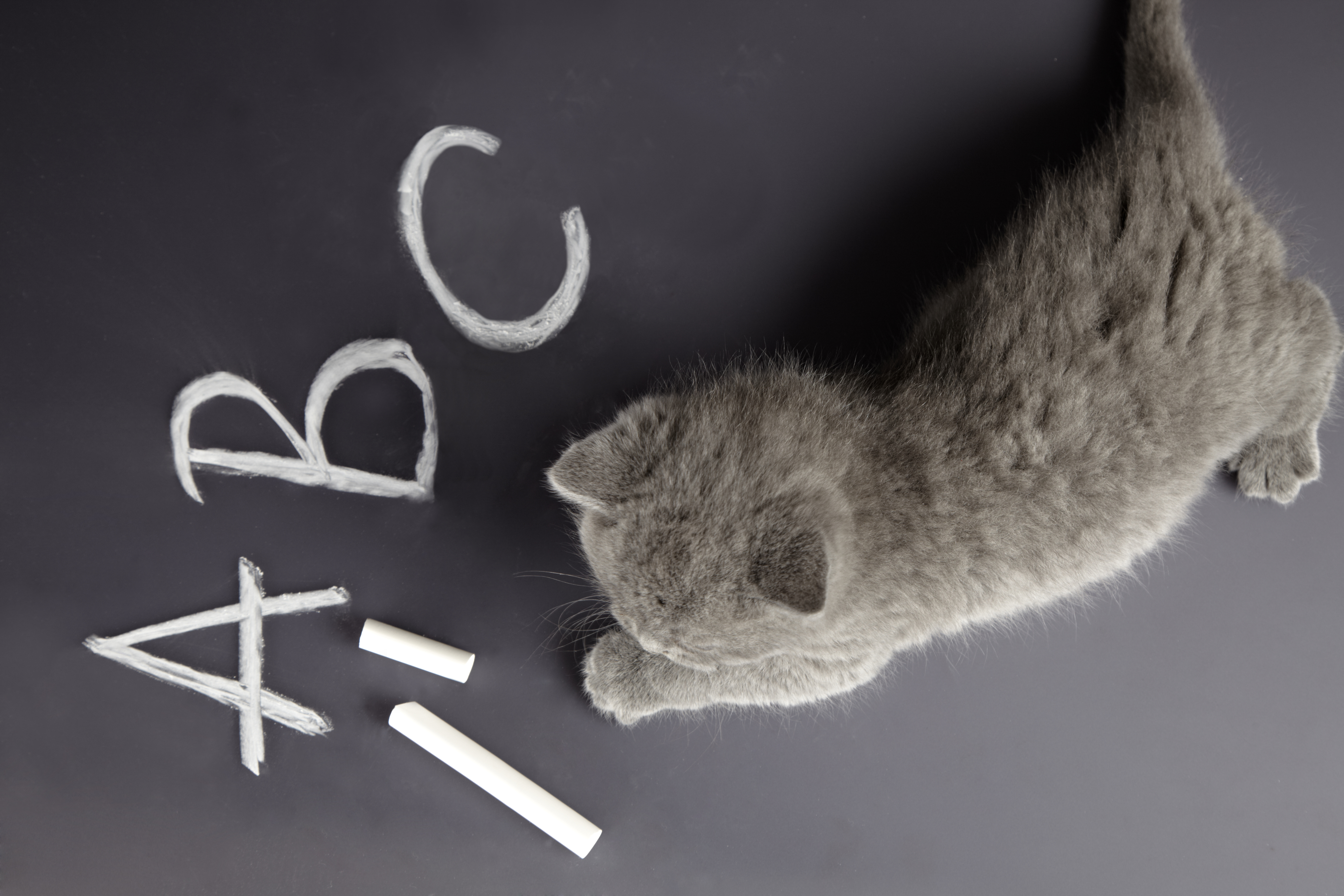
Additionally, many people think cats aren’t very expressive and are impossible to gauge. A cat’s tail expresses precisely what he or she’s thinking and how he or she’s feeling. You just have to “listen” to cat tail language.
Learning cat tail language is like learning any foreign language; it takes time. Suppose you are new to feline tail signs. In that case, you can be confused by what various tail movements and positions show and inadvertently upset your cat. In addition to helping you learn "cat," we're also giving you suggestions on how your cat expects you to respond.
Kitty Communication Tail Positions
 UPRIGHT/HELD HIGH
UPRIGHT/HELD HIGH
- Translation: Confident, happy.
- How the hooman should react: Offer playtime, cuddles, and treats.
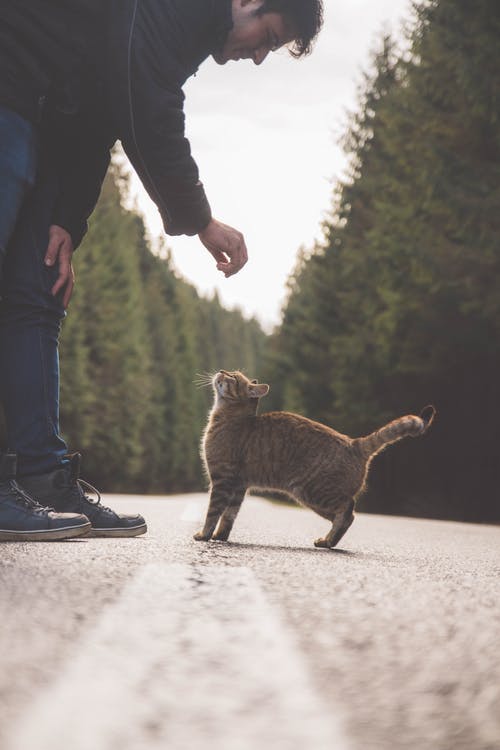
 CURLED AT THE TOP LIKE A QUESTION MARK
CURLED AT THE TOP LIKE A QUESTION MARK
- Translation: Friendly.
- How the hooman should react: Offer your hand for sniffing and petting.
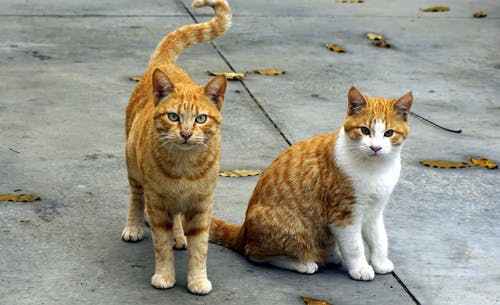
 STRAIGHT DOWN
STRAIGHT DOWN
- Translation: Agitated, feeling aggressive.
- How the hooman should react: Don’t try to engage or pet her. Try to neutralize whatever is upsetting her.

 CURVED BENEATH THE BODY
CURVED BENEATH THE BODY
- Translation: Nervous and/or submissive.
- How the hooman should react: Act nonchalant. Wait for him to come to you.

 PUFFED OR THE "HALLOWEEN CAT"
PUFFED OR THE "HALLOWEEN CAT"
- Translation: Scared, agitated, angry.
- How the hooman should react: Leave her alone!
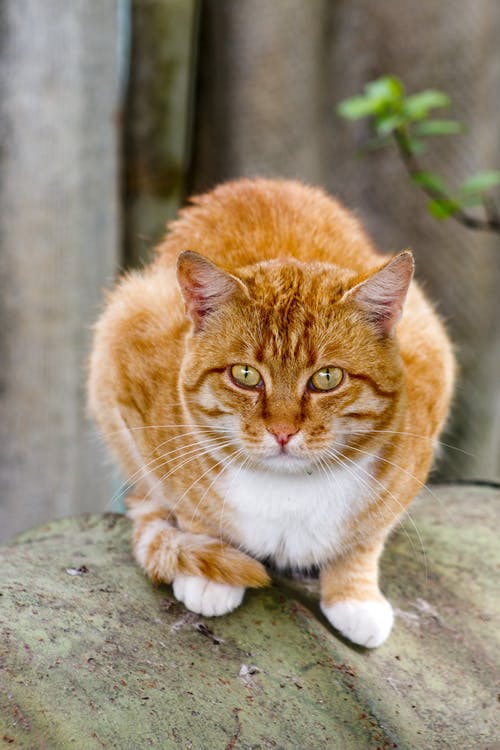
 WHIPPING BACK AND FORTH
WHIPPING BACK AND FORTH
- Translation: Fearful; angry, aggressive.
- How the hooman should react: Best not try for quality snuggle time with an angry cat.
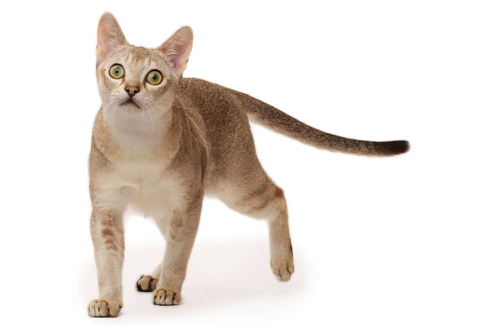
 SWAYING SLOWLY FROM SIDE TO SIDE/TWITCHING
SWAYING SLOWLY FROM SIDE TO SIDE/TWITCHING
- Translation: Focused.
- How the hooman should react: Let your captivated cat follow his interests.
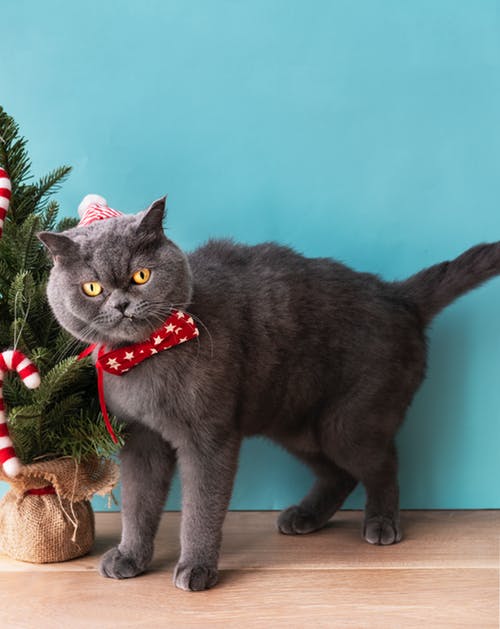
Tail Tips
You have to take the whole body into account when reading tail signals, says Carlo Siracusa of the University of Pennsylvania School of Veterinary Medicine. The napping cat with the tapping tail, for example, is “relaxed overall but paying attention to something happening around him, a sound or movement,” so he’s peaceful but hardly asleep on the job. If he or she really is sleeping, Siracusa adds, a moving tail could mean he or she’s dreaming.

While learning cat communication via kitty tail language is necessary for cat owners, petting the cat around the base of the tail or the tail itself is unappreciated by most cats. Syddie does love a good scratch there, but like I said, she's not normal! Cats prefer all petting, and scratching occurs around the chin and ears.
Further, suppose during a petting session, your cat's tail starts twitching or lashing. Also, you notice the kitty's ears are turning back, and he's leaning away from you. All three are signals that your companion is done interacting.
Finally, for quick reference, we've listed a table guide below on cat tail language, a.k.a. the Cat Tail "CliffsNotes" Version. Happy conversing with your feline friends!
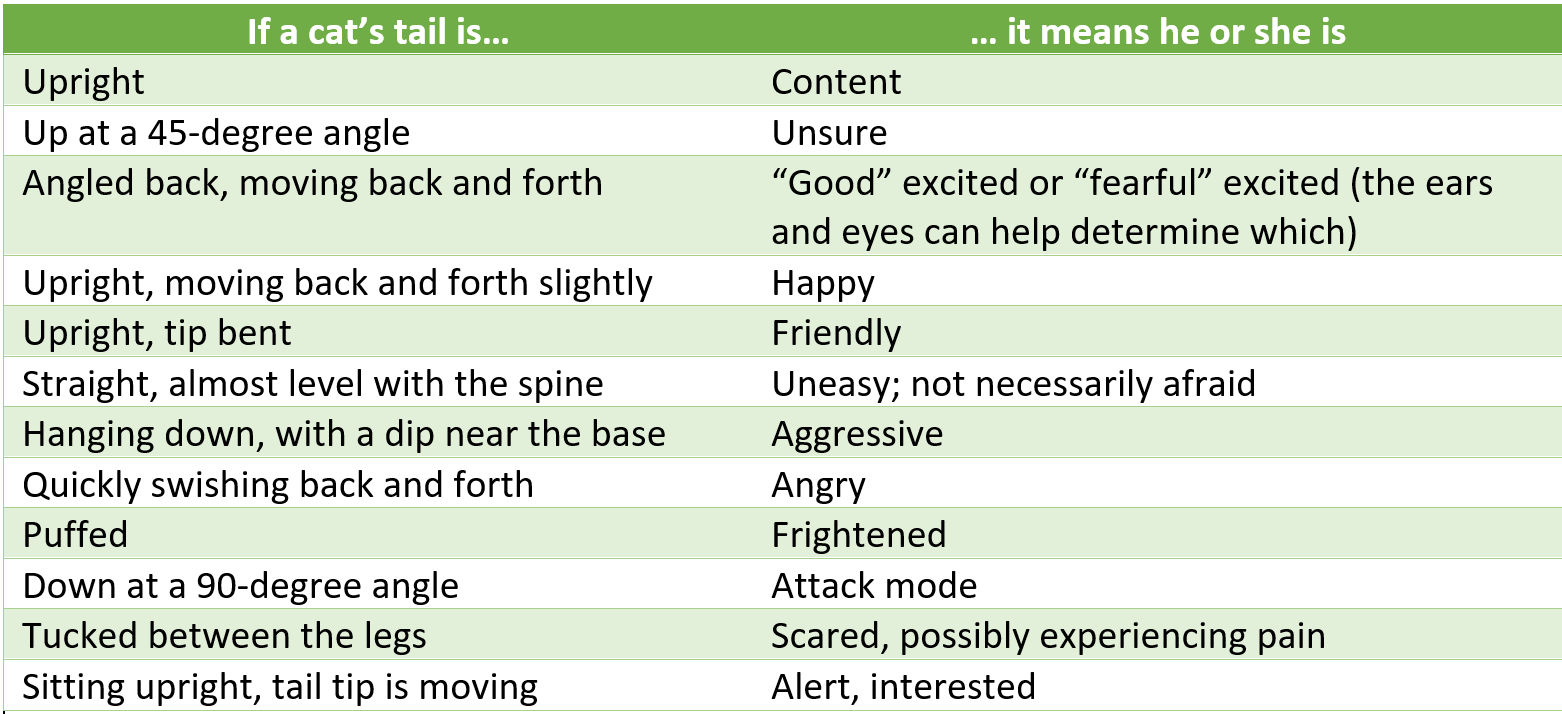
DISCLAIMER: The links and information are being provided as a convenience and for informational purposes only; they do not constitute an endorsement or an approval by Small Pet Select of any of the products, services or opinions of the corporation or organization or individual.



